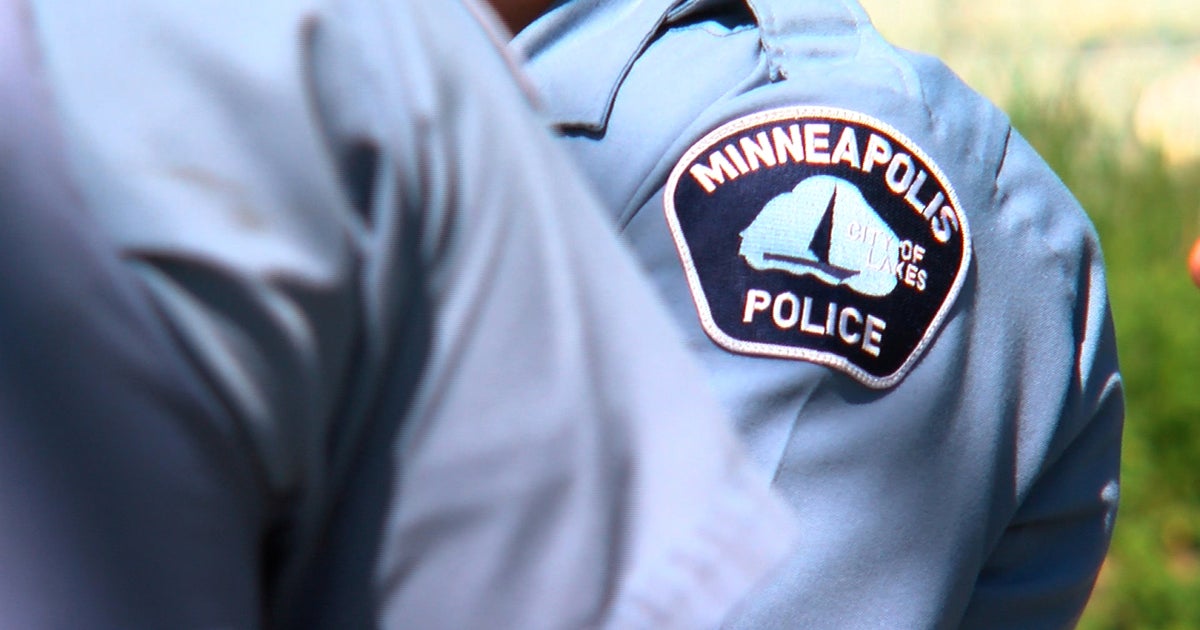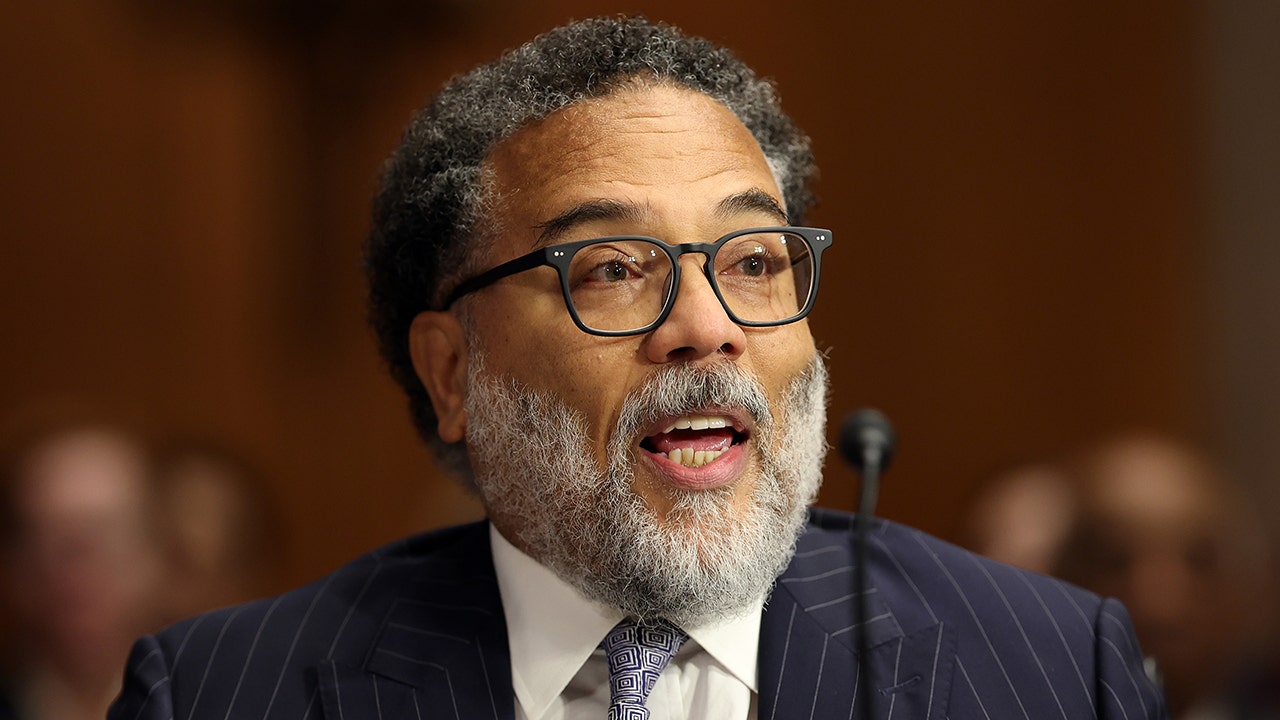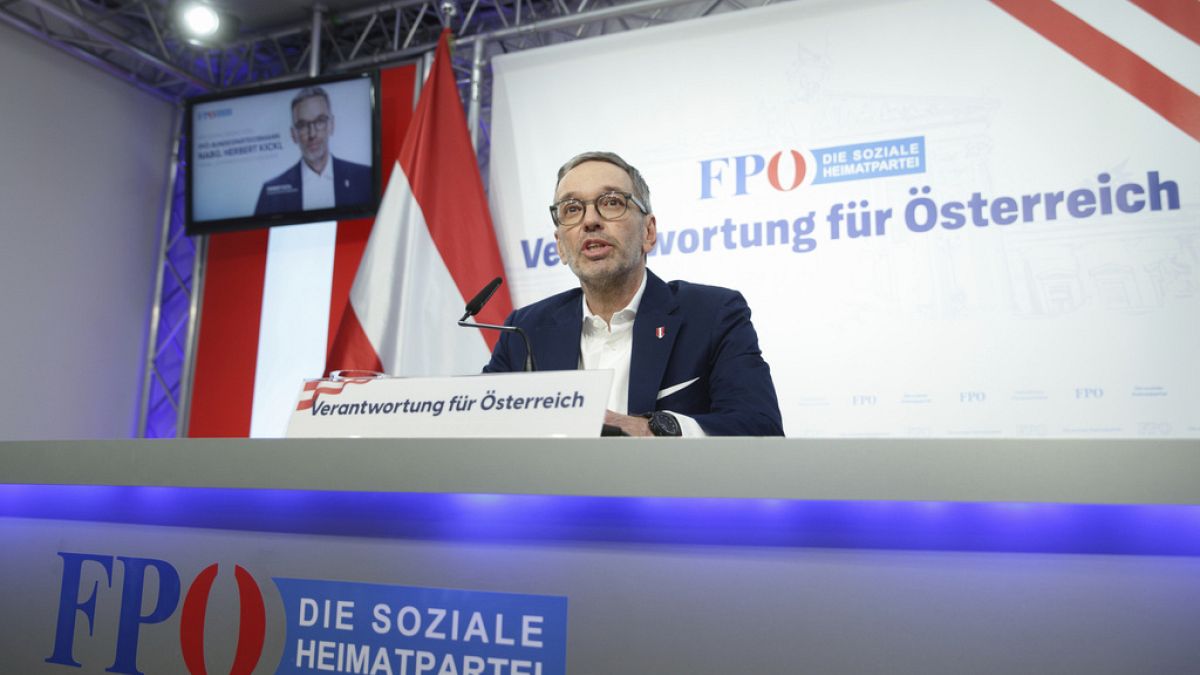Education
Opinion | Using Frederick Douglass to Rationalize Slavery? In Florida, Yes!

Gov. Ron DeSantis’s presidential campaign may be floundering as he struggles to win over Republican voters with his deadpan robotic demeanor, and he may be shuffling campaign staff like he’s taking a mulligan, but the damage he did to Florida to get himself to this moment is still rippling through the state.
Last month, the Florida Department of Education announced that grade-school teachers could use videos produced by Dennis Prager’s PragerU Kids in their classrooms.
PragerU is no more a university than Trump University was. In fine type at the bottom of its webpage, it admits that “PragerU is not an accredited university, nor do we claim to be. We don’t offer degrees, but we do provide educational, entertaining, pro-American videos for every age.”
In reality, PragerU is little more than a propaganda media site. The Southern Poverty Law Center takes an even dimmer view of its credentials, saying, “PragerU seems to be yet another node on the internet connecting conservative media consumers to the dark corners of the extreme right.”
As for Prager himself, this is a man who said on his radio show in 2020, “It is idiotic that you cannot say the N-word.” And last year he falsely claimed that “if you see a noose on a college dorm of a Black student, the odds are overwhelming that the noose was put there by a Black student.”
“If you see the N-word on a dormitory building,” he continued, “the odds are overwhelming that a Black student actually did that. We’re filled with race hoaxes.”
In short, Prager is poison on the racial question, and anything springing from his efforts should, by definition, be considered tainted, particularly when it comes to race.
DeSantis’s destruction of Florida’s schools is awash in this taint. Soon, students could be watching videos like one produced by PragerU that features two children, Leo and Layla, who appear to be white, traveling back in time to talk to Christopher Columbus. In it, a cartoon Columbus says that the first Indigenous people he met when he landed in the Bahamas, the Taino, a subgroup of the Arawak, were “peaceful, curious and really helpful.” Later, he says, “I ordered my men to treat them well.”
Howard Zinn’s “A People’s History of the United States” tells a different story, detailing how Columbus described the Arawak in his log at the time. “They would make fine servants,” Columbus wrote. “With 50 men, we could subjugate them all and make them do whatever we want.”
Visions of enslavement danced in his eyes from the beginning. And so, he acted.
As Columbus put it in one of his letters, “As soon as I arrived in the Indies, on the first island which I found, I took some of the natives by force.”
In the video, the cartoon Columbus rationalizes slavery, saying: “Being taken as a slave is better than being killed, no? I don’t see the problem.”
Well, I see a huge problem. In the video, being enslaved or killed are presented as the only options for the Indigenous, which is blasphemous. Slavery was a brutal, inhumane institution, but it wasn’t always deadly. Under Columbus, though, death was a prominent feature of the institution.
According to Zinn’s history, on Columbus’s second trip, he set up headquarters in what would become Haiti, “taking women and children as slaves for sex and labor,” and in 1495 he and his crew went on a great slave raid, rounding up 1,500 men, women and children. They loaded 500 on ships back to Spain, but 200 died en route.
When the Arawaks tried to fight back, they were overwhelmed by the Spaniards’ weapons. Those captured were hanged or burned. That’s when the mass suicides of the Arawaks began. As Zinn writes: “Infants were killed to save them from the Spaniards. In two years, through murder, mutilation or suicide, half of the 250,000 Indians on Haiti were dead.”
In another video, the two children travel back in time to talk to Frederick Douglass. One of the first things that the girl says to him is, “You have really cool hair.” Seriously?
The cartoon Douglass says in the video:
“Our founding fathers knew that slavery was evil and wrong, and they knew that it would do terrible harm to the nation. They wanted it to end, but their first priority was getting all 13 colonies to unite as one country.”
Nowhere in the video does it mention that most of the prominent founders, including George Washington, Thomas Jefferson and James Madison, were themselves enslavers.
Then, perhaps most outrageously, the cartoon Douglass says, “I’m certainly not OK with slavery, but the founding fathers made a compromise to achieve something great: the making of the United States.”
Frederick Douglass would never! He despised the compromises that maintained and prolonged slavery.
In the video, the cartoon Douglass says that the year is 1852. But just two years before, the Compromise of 1850, which included a beefed-up fugitive slave law that even punished people who participated in the Underground Railroad, was passed. Douglass detested this “compromise.”
In an 1853 speech, Douglass blasted the compromise as one that “reveals with great clearness the extent to which slavery has shot its leprous distillment through the lifeblood of the Nation.”
Eight years later, in 1861, after Abraham Lincoln defended the Fugitive Slave Act as an attempt to assuage Southern slavers, Douglass called him an “excellent slave hound” and the “most dangerous advocate of slave-hunting and slave-catching in the land.”
To David Blight, the definitive biographer of Douglass, PragerU’s video is appalling and a joke, but in an interview with me, he recognized the danger that it could be compelling to a young student.
Is anyone, ultimately, served by this promoting of logical fallacy and bastardizing of history? As Blight explained it, the video “really does appeal to that version and vision of history that so many Americans still want. They want to be left feeling good at the end of the day. They don’t want to be threatened. They want to sleep at night. They want to know that the greatest of Black leaders really were on their side.”
Using Douglass in any way to soften slavery is a desecration. And, that is DeSantis’s educational legacy in the state.
DeSantis has said, “In the state of Florida, we’re proud to stand for education, not indoctrination, in our schools.” But this summer, at a Moms for Liberty summit in Philadelphia, Prager admitted to his indoctrination efforts. Speaking about criticism he received, he said: “All I heard was, ‘You indoctrinate kids,’ which is true. We bring doctrines to children. That’s a very fair statement. I said, ‘But what is the bad of our indoctrination?’”
In the true hypocritical form of many conservatives, their issue is not with indoctrination itself but with whether they get to control the form and function of that indoctrination.

Education
Video: Several Killed in Wisconsin School Shooting, Including Juvenile Suspect

new video loaded: Several Killed in Wisconsin School Shooting, Including Juvenile Suspect
transcript
transcript
Several Killed in Wisconsin School Shooting, Including Juvenile Suspect
The police responded to a shooting at a private Christian school in Madison, Wis., on Monday.
-
Around 10:57 a.m., our officers were responding to a call of an active shooter at the Abundant Life Christian School here in Madison. When officers arrived, they found multiple victims suffering from gunshot wounds. Officers located a juvenile who they believe was responsible for this deceased in the building. I’m feeling a little dismayed now, so close to Christmas. Every child, every person in that building is a victim and will be a victim forever. These types of trauma don’t just go away.
Recent episodes in Guns & Gun Violence
Education
Video: Biden Apologizes for U.S. Mistreatment of Native American Children

new video loaded: Biden Apologizes for U.S. Mistreatment of Native American Children
transcript
transcript
Biden Apologizes for U.S. Mistreatment of Native American Children
President Biden offered a formal apology on Friday on behalf of the U.S. government for the abuse of Native American children from the early 1800s to the late 1960s.
-
The Federal government has never, never formally apologized for what happened until today. I formally apologize. It’s long, long, long overdue. Quite frankly, there’s no excuse that this apology took 50 years to make. I know no apology can or will make up for what was lost during the darkness of the federal boarding school policy. But today, we’re finally moving forward into the light.
Recent episodes in Politics
Education
Video: Los Angeles Bus Hijacked at Gunpoint

new video loaded: Los Angeles Bus Hijacked at Gunpoint
transcript
transcript
Los Angeles Bus Hijacked at Gunpoint
The person suspected of hijacking a bus which killed one person, was taken into custody after an hourlong pursuit by the Los Angeles Police Department early Wednesday morning.
-
“Get him.”
Recent episodes in Guns & Gun Violence
-

 Business7 days ago
Business7 days agoThese are the top 7 issues facing the struggling restaurant industry in 2025
-

 Culture7 days ago
Culture7 days agoThe 25 worst losses in college football history, including Baylor’s 2024 entry at Colorado
-

 Sports6 days ago
Sports6 days agoThe top out-of-contract players available as free transfers: Kimmich, De Bruyne, Van Dijk…
-

 Politics5 days ago
Politics5 days agoNew Orleans attacker had 'remote detonator' for explosives in French Quarter, Biden says
-

 Politics5 days ago
Politics5 days agoCarter's judicial picks reshaped the federal bench across the country
-

 Politics3 days ago
Politics3 days agoWho Are the Recipients of the Presidential Medal of Freedom?
-

 Health2 days ago
Health2 days agoOzempic ‘microdosing’ is the new weight-loss trend: Should you try it?
-

 World7 days ago
World7 days agoIvory Coast says French troops to leave country after decades














